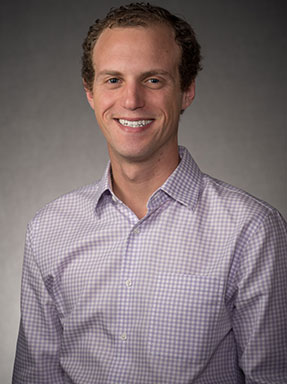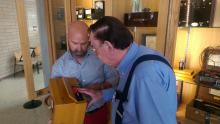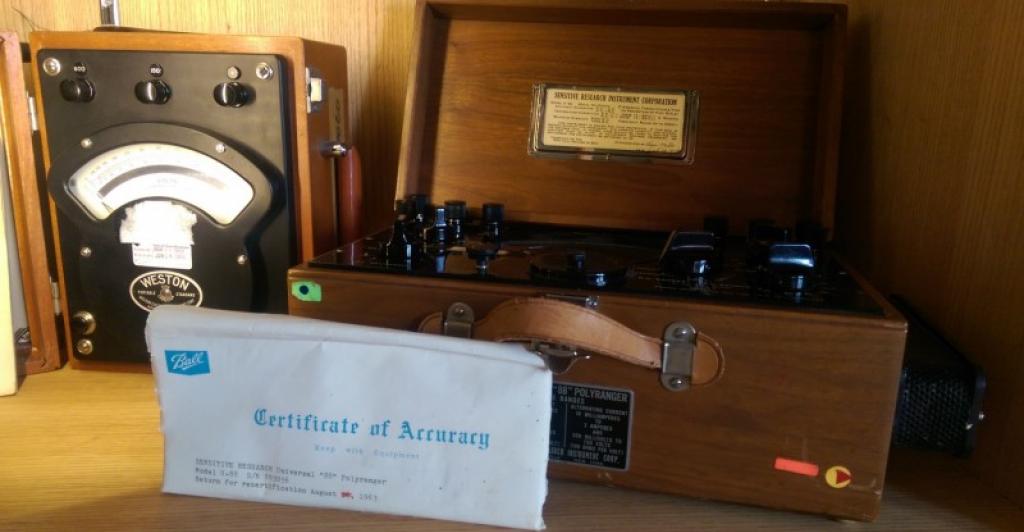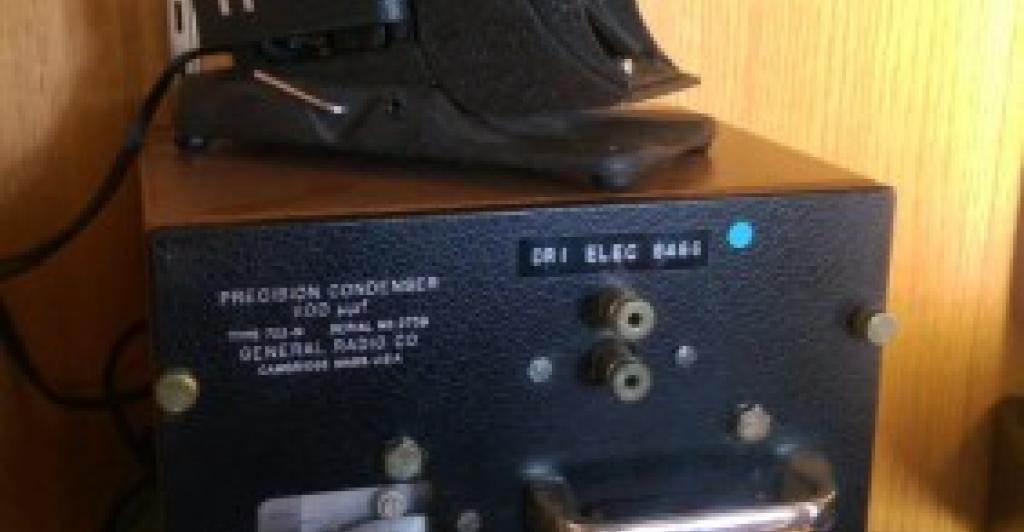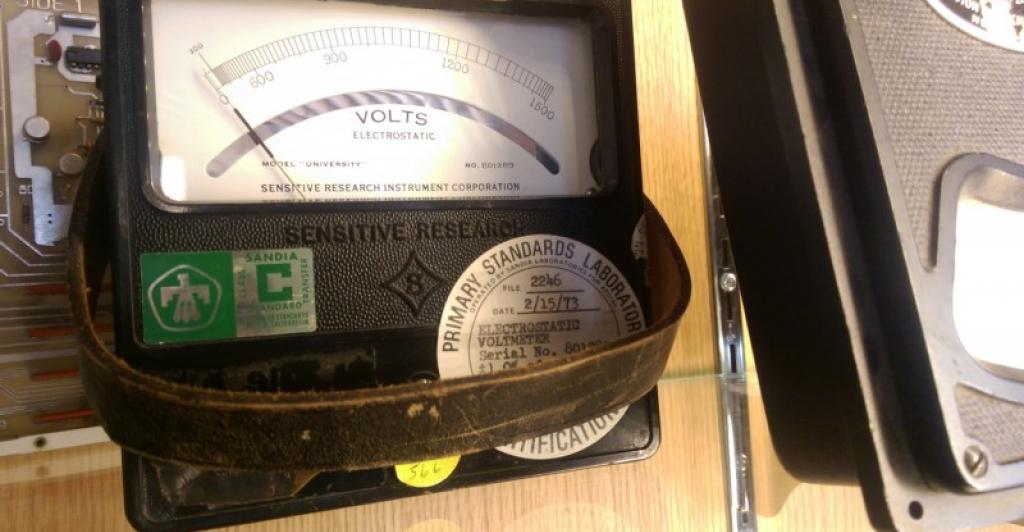Rescued Vintage Equipment on Display at Engineering Building
In 75 years on this earth, Richard Quine will say he’s only really been one thing. His teenage years in a TV repair shop, his college degree, the pair of patents he holds all show the 40-year University of Denver professor is an electrical engineer through and through. Or as he puts it, “my passion for it is in my DNA.”
But now, behind thick suspenders, aviator spectacles and a neatly arranged quiver of pens in his breast pocket, Quine fully looks the part he gleefully plays: a sort of unofficial archivist and historian at the Daniel Felix Ritchie School of Engineering and Computer Science.
Through his own curiosity and nostalgia, Quine has acquired a small but impressive collection of well-preserved, antique engineering equipment. The analog devices, mostly used for measuring voltage or amps, all belonged to DU but had to be rescued one by one from buildings scheduled for demolition.
“There were all these little pockets, cupboards and cubbyholes where you’d find these things,” Quine says, remembering his days at the now-defunct Denver Research Institute, once affiliated with the University. ”I didn’t want the stuff to get trashed out. I thought it would be not necessarily useful in a practical sense, but the students today haven’t really worked with stuff like that. They haven’t seenstuff like that.”
Even Quine, who graduated college in 1969, hadn’t really seen it. “This stuff would have looked old even then,” he chuckles. Most of the equipment predates his undergraduate work by 10–20 years, Quine estimates, and it’s fairly high-end, likely not used by students.
When the Ritchie School moved into its new building in fall 2016, Quine thought there had to be someplace he could publicly display what he had collected. He called Stewart Cohune, who visited his office as soon as he could.
“I share a passion for vintage stuff,” says Cohune, the Ritchie School’s executive director of development in the Advancement office. “When I met Richard, there was an automatic connection between what he found and what I saw. I just thought it was cool.”
Before long, Cohune had secured a display case on the fifth floor of the engineering building — a small sort of museum passersby can enjoy for free. Through the glass, they can see shelves full of old vacuum tubes and all sorts of instruments produced by New York’s Science Research Institute Corp. Many still have their typewritten certificates of accuracy.
“I hope students get a look at it and get a sense of the history and the past and there’s this sense of ‘they don’t make it like they used to,’” Cohune says. “There are people who were interested in engineering long before they were here. And stuff that they’re using today is going to look far different than it did 50 years ago.”
That viewpoint, Quine says, is essential for both students and faculty who today “work essentially as a borg tied to a computer.”
“If they just take a minute to back away, they see that there’s an evolution of their profession,” Quine says. “If they’re typical students like I was, they’re worried about the next exam; they’re worried about writing down formulas right.
“But they can back away and say, ‘Gosh, there have been people in the past who have had to worry about things the same as I had to worry about it, but with a whole different set of physical objects to apply this theory,’” he says. “I think the students, they not only need some of this perspective, but they benefit from it.”
